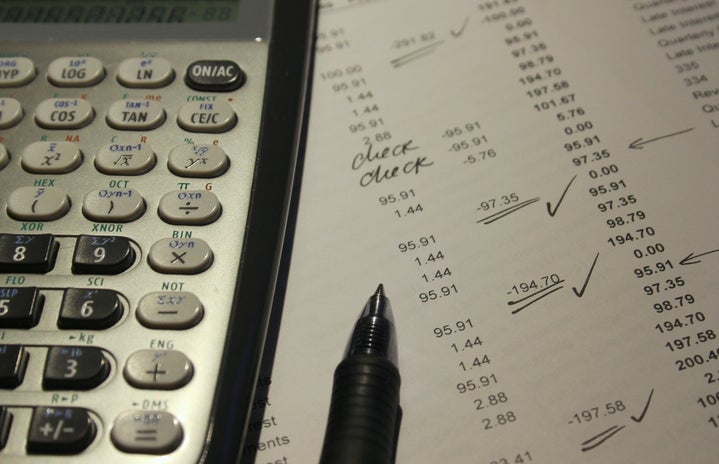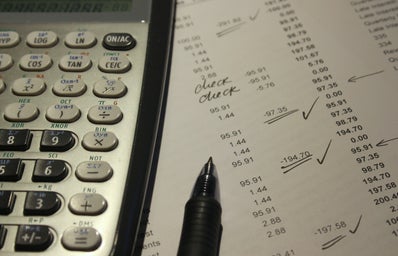2022 was a turbulent year for Brazil. Not that Brazil has had quite a comfortable year lately, but 2022 had its roughness. The country was – and still is – recovering from pandemic measures and resuming economic activities, meanwhile dealing with one of the most polarized elections of the country. Jair Bolsonaro (PL) and Luiz Inácio Lula da Silva (PT) confronted each other officially in October, but a lot of measures were taken before in order to bring closer more electors.
Some of these measures and the context that Brazil was inserted resulted in a number, that makes account of all the goods and services the country produced in a certain period of time. Published by the 2nd of March 2023, the GDP (Gross Domestic Product) or what we call in Brazil PIB (Produto Interno Bruto), could be used to show how the last year of Bolsonaro’s Government affected not only the politics in the country, but also economic dispositions.
According to IBGE’s (Brazilian Institute of Geography and Statistics) National Accounts System, PIB in Brazil increased 2,9% in 2022, amounting R$9,9 trillions. The last result of this research referred to the last trimester, which shows that it varied -0,2% in this period. PIB per capita reached R$ 46.155 last year, an increase of 2,2%.
This number is higher than the annual average that had been obtained in the last 40 years, which was 2.3%. So it is above average in the very long term, but it is still very low growth, especially for a developing country, as explained Fernando de Aquino, Economic Coordinator Counselor of the economic policy commission of COFECON (Federal Council of Economy). He added that it ended up benefiting financial institutions much more than agents who have financial investments, due to the high value of interest rates in Brazil.
What does all of that mean?
Roberto Piscitelli, member of the Economic Policy Committee of COFECON, points out that 2022 was an election year, with aggravation of intermittent uncertainties and, at the same time, marked by measures tending to ease the burden on taxpayers and stimulate consumption by voters, transferring responsibilities to the new government. “Despite the uncertainties, the greater growth in consumption was reflected in sectoral indices, mainly with the expansion of services”, he explains.
Another aspect of 2022 was high inflation rates that resulted in successive increases in interest rates by the Central Bank, says the professor and economist Jefferson Mariano. He explains that, regarding the labor market, unemployment rates remained at high levels. “It is only from the second semester onwards that there is a drop in unemployment rates and also a reduction in inflation rates.”
According to Piscitelli, increasing government spending, associated with greater availability of resources from the general population, contributed decisively to economic growth. At the same time, people’s indebtedness reached unprecedented levels, as the improvement in the labor market occurred primarily with the increase in informality and the precariousness of labor relations.
There was a big effort towards transfers and that actually ended up encouraging consumption and achieving an above-average GDP growth result. “The problem is that it isn’t a sustainable growth, and that brings difficulties to manage. So there was populist overspending making it difficult to manage the economy” says Fernando de Aquino. “This was a populist policy which was trying to increase the poll”.
Service sector
The service sector has the largest share of GDP (corresponding services and business). Jefferson Mariano explains that there were no significant measures that contributed to the recovery of economic activity. Specifically, there was an extension of payroll exemption legislation in some sectors. However, the measures were not enough for the resumption.
Even though the service sector was already reacting, with the progressive normalization of face-to-face work, working hours and the full functioning of tertiary activities, the industry came from restricted production levels. Several activities were dammed. There was an increase in displacements, circulation in general.
“It should be noted that, at the beginning of the year, numerous production chains in the industrial sector faced problems of access to raw materials. Finally, high interest rates and inflation contributed to the lack of expansion of investments in the country.”
– Jefferson Mariano
Agriculture and breeding
This sector decreased 1,7% in 2022. The external market conditions, such as the Ukraine War, helped to reach this value in the sector. And also, weather phenomena caused partial failures of crops. Soy, the main crop, showed a significant drop in production.
Professor Jefferson highlighted the factors related to the increase in production costs, especially fertilizers, whose significant portion comes from the foreign market: “Once again, we must point out that the sector depends on financing production and was directly affected by the rise in interest rates”.
In that way, most of these numbers were a result of Bolsonaro’s attempt to improve population’s situation towards the economy. So that, he could bring more votes to himself in Election year. The measures taken, in order to benefit him in the election, did not help Brazil grow in a long term disposition. Even though there was growth in consumption, there were still very high numbers of unemployment, for example. And that leads to the lack of policies to actually help the population.
—————————————-
The article above was edited by Ana Beatriz Aith.
Liked this type of content? Check out Her Campus Casper Libero for more!



